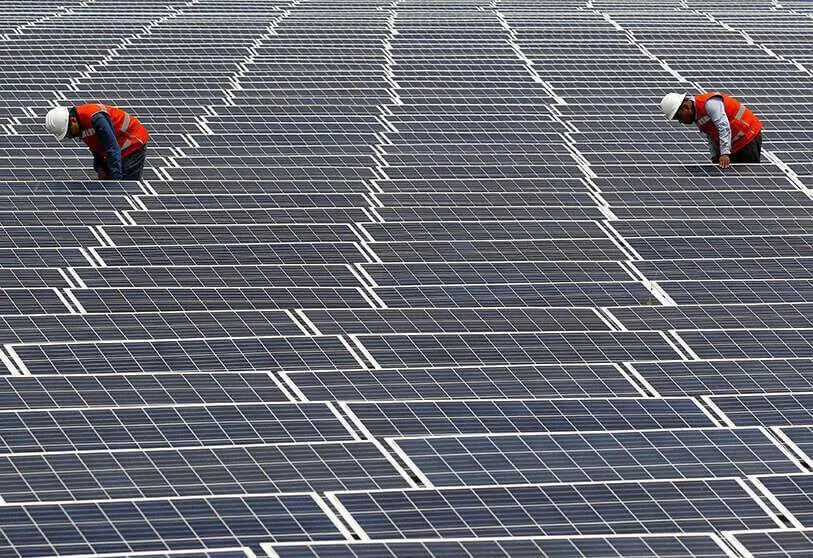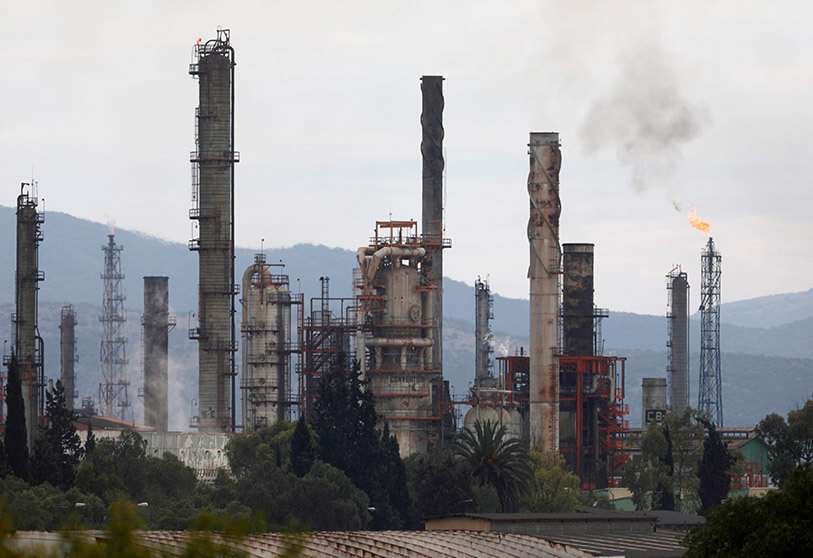Tania Ortiz Mena: "Mexico's renewable energy market has experienced rapid growth and an increasingly competitive landscape"

Tania Ortiz Mena, CEO of IEnova talks to Oxford Business Group about strengthening energy companies and cultivating a sustainable energy mix.
An energy company cannot endure nowadays without a clear ESG strategy. This is not only driven by investors’ concerns, but because the industry truly has an important environmental and social impact. When it comes to climate change, energy companies have anchored their efforts in reducing carbon emissions and accelerating the energy transition by developing clean power sources. Likewise, the COVID-19 pandemic put a spotlight on corporate responsibility to protect and support stakeholders, from employees to local communities. Social sustainability priorities are often anchored in strengthening health and safety across companies’ operations, specifically by safeguarding the physical and emotional wellbeing of employees and delivering support to surrounding communities. All of this contributes to business continuity and growth.

To what extent has Mexico’s renewable energy market evolved to meet rising demand for clean energy, and how can bottlenecks be addressed?
The country’s renewable energy market has seen rapid growth and an increasingly competitive landscape, which has been beneficial for consumers as power-generation costs drop due to more accessible technology and lower barriers to entry. Mexico has large renewable energy potential that can be capitalised on, whether it be high solar irradiation, consistent wind speeds or advantageous geographic terrain. At the same time, renewable energy projects are becoming more bankable, particularly if power-purchase agreements meet certain criteria, provide long-term clarity and involve a reliable off-taker. As financial institutions look to build a more robust sustainable investment strategy in their portfolios, appetite for renewable energy projects will rise.
Currently, transmission infrastructure represents the most significant bottleneck for renewable energy growth. Green energy projects are typically built in areas where the energy source is abundant, but that is often far from end-users and an extensive transmission network is therefore needed. This provides opportunities for public and private investment and partnerships. Increased cross-border connections can also strengthen regional energy security.

In what ways does Mexico’s energy mix need to diversify, and how can the private sector play a role in this?
Crisis often highlights opportunities in any given market. Energy shortages caused by the Texas freeze in February 2021 and the resulting decision by Greg Abbot, the governor of Texas, to restrict natural gas exports generated awareness of the need for energy security in Mexico and diversification of our energy mix. Mexico benefits from an abundant source of natural gas supply at the world’s most competitive prices from neighbouring Texas, especially as cross-border midstream infrastructure has expanded over the years. However, we need to reinforce Mexico’s energy security not only by expanding exploration and production, but also by investing in storage capacity.
Although Mexico has liquefied natural gas terminals, these are only for receiving and unloading cargo, not for storage. Whether using underground salt caverns or depleted reservoirs, it is critical for the country to have several weeks’ worth of reserves in the case of an emergency. This, combined with increased renewable-energy generation and a robust transmission network, does not only reinforce energy diversification, but allows for the efficient supply of clean energy.

Energy infrastructure is a long-term investment, taking three to five years from planning to construction, while the useful life of the assets spans up to 40 years. Rapid industrial growth and recent energy supply challenges in Mexico have made it a priority to focus on long-term energy planning, particularly as the growth fundamentals of the country remain solid. At the same time, current use of natural gas by Mexican households stands at only 7%, signalling large future growth potential. With the world’s 15th-largest economy, strong manufacturing prospects and the highest number of free trade agreements held by any country, Mexico is well positioned to fast-track growth and employment opportunities underpinned by safe, reliable and competitively priced clean energy.








